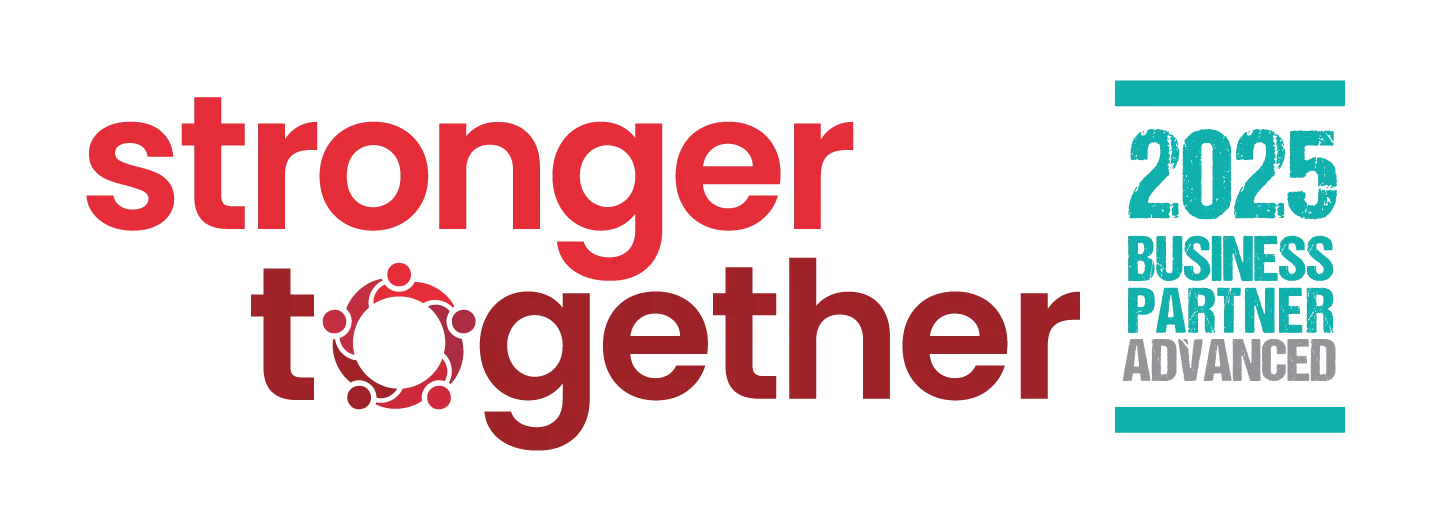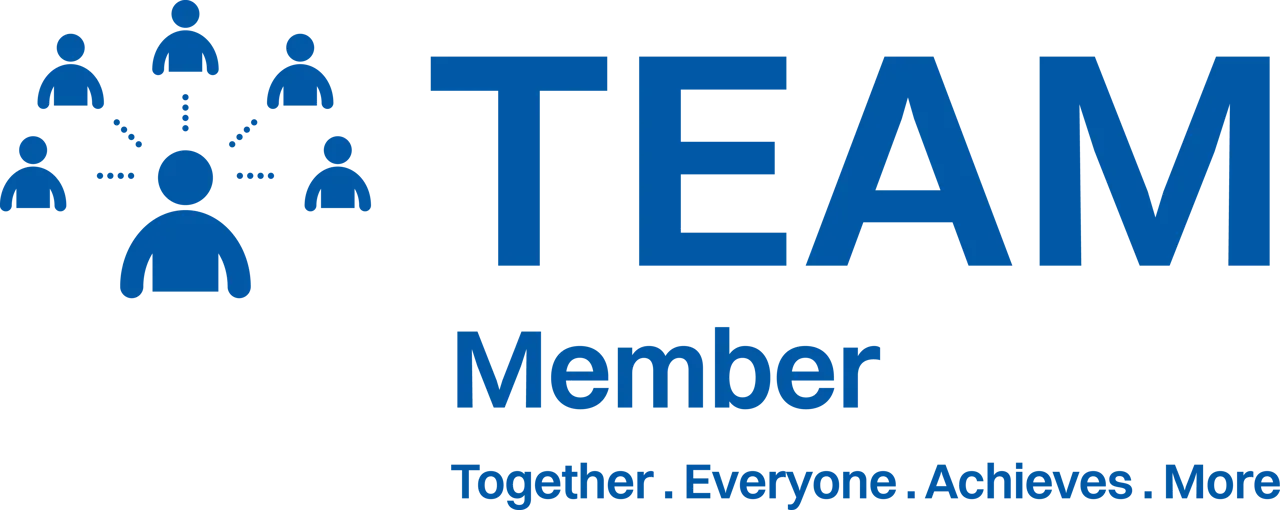
Anxiety | Why you might be to blame for a rise in workplace paranoia
19 Jan, 20214 minutesIt was inevitable that the mandatory move to remote working for the vast majority of the wor...

It was inevitable that the mandatory move to remote working for the vast majority of the workforce was going to be met with logistical issues and, as such, have an impact on employee wellbeing.
Those who previously had likely never even considered the viability of working from home were forced, in a very short space of time, into less than ideal conditions, balancing laptops precariously on kitchen counters or setting up a makeshift office on a dining room table – often while having to care for children or other dependents.
This unexpected drop in physical contact with colleagues, along with the general anxieties around health due to the pandemic and the instability of many jobs as companies struggled to work through the situation was a recipe for disaster that saw a massive percentage of the population decrease in mental health and come that much closer to burnout.
However, there have also been other, more unexpected, side effects of the move to remote working – many of which are a direct consequence of the decline in mental health. One example given by the New York Times is the increased prevalence of paranoia and anxiety.
Why has paranoia grown in lockdown?
According to the report from the New York Times, the increase in paranoia is due to two key things. One is company culture and the effect this has on communication and clarity with workers, and the second is the increased use of technology as a way to communicate.
The report stated that when remote corporate culture suffers due to neglect, employees will start to feel far more unstable in their positions. Many leaders agree that the number one priority at the moment is communication; allowing staff to be aware of how the company is doing, how individuals are doing, if business is suffering as a result of COVID, or if leaders are generally happy with the level of work being achieved all contribute to preventing speculation and overanalysis on the part of the employee.
When a worker feels like they aren’t receiving communication from their boss, instead of assuming that the boss is getting on with their own workload or caring for their children, many will assume that it is due to their standing within the company – causing unprecedented anxiety.
Unlike in the office, where most workers are able to speak to their boss face to face and gauge their reactions, the digital barrier created by instant messaging platforms or email breaks down the ability to gauge the feeling of those around them.
“You just lose a lot of that personal touch, then you read into it more, you’re going on one nugget of information,” businesswoman Ali-Khan told the New York Times.
“It’s down to feeling out of the loop, because you’re missing the kinds of ad hoc conversations that tend to reassure us we’re in good standing,” Professor Roderick Kramer of the Stanford School for Business added.
What can bosses do to ease this burden?
While it simply isn’t feasible to increase the amount of in-person meetings currently taking place, bosses must do all they can to increase the level of clarity and communication within their businesses. This means ensuring that staff have constant access to a line manager with the option of talking over video, and that as a whole company, town halls discussing the details of the company’s health, even if this information is not positive, are essential.
Source: Executive Grapevine














